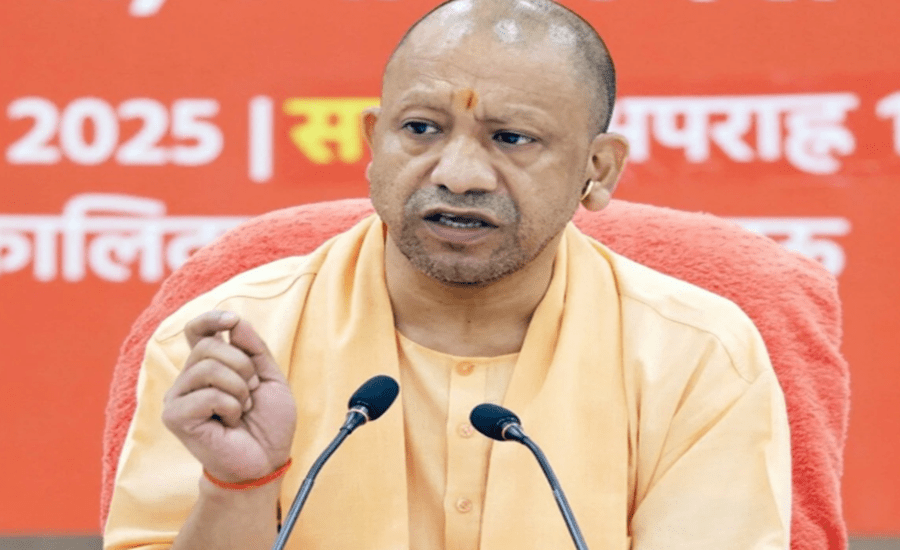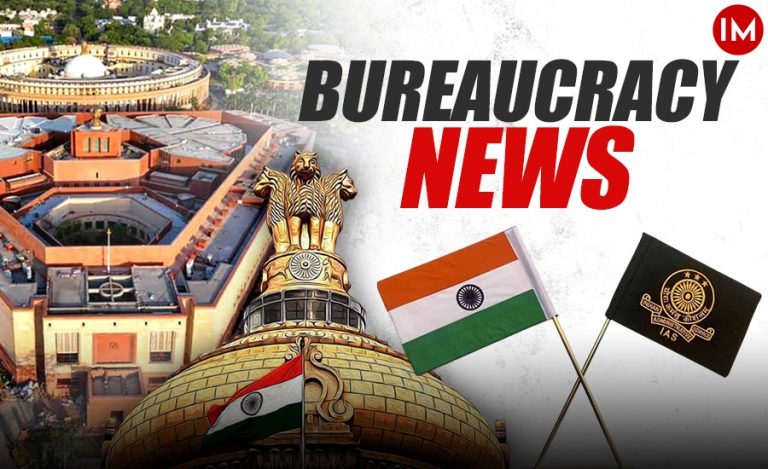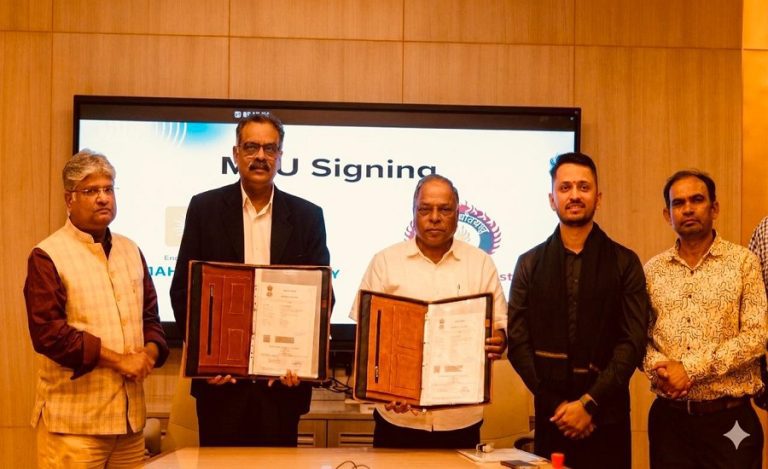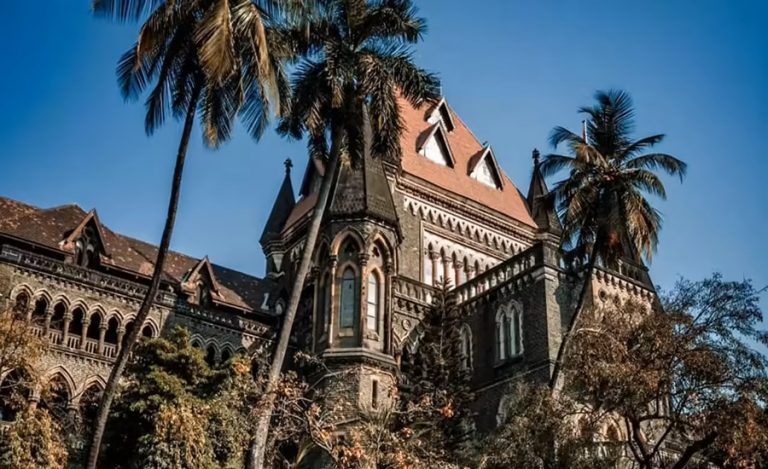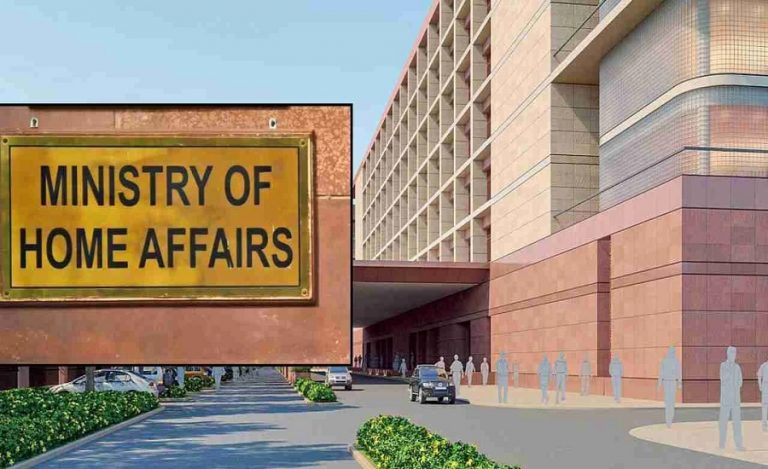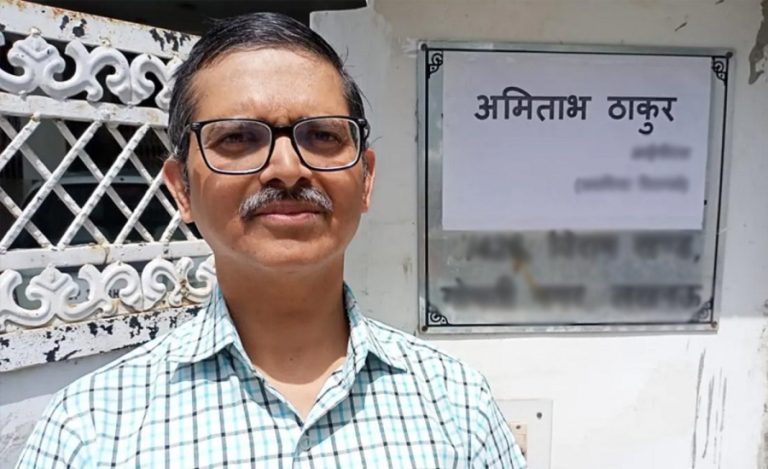Ayodhya: The festive spirit of Diwali found a warm and human touch in Ayodhya when Uttar Pradesh Chief Minister Yogi Adityanath personally joined locals for sweets and fruit distribution — a gesture underscoring his message of inclusive celebration and community upliftment.
In the holy city of Ayodhya, following the grand ninth edition of the Ayodhya Deepotsav 2025, the CM visited the Devkali ward slum area and a Nishad community-settlement. Here he joined in lighting diyas, participating in a community fruit-meal and handing out sweets to children and families.
The decision to visit these under-served localities comes amid the government’s wider narrative of “no home without light” and “every lamp lit” during Diwali.
The gathering at Abhiramdas Nagar (Nishad basti) hosted around 400 people: the CM shared the meal, lit lamps and addressed senior citizens and children alike.
Importance of Yogi Adityanath Ayodhya visit in Diwali
This move reflects several layers of significance:
It aligns the festival of lights beyond religious symbolism to social outreach—ensuring the joy of Diwali touches every segment of society.
The CM’s participation in the grassroots event reflects the government’s push for inclusive development: not only lighting lamps, but also lighting lives.
By distributing sweets and fruits in this way, the gesture becomes more than ceremonial—it becomes a message of solidarity with less-advantaged communities.
Background & Context
Ayodhya, which holds deep cultural and religious importance in India as the birthplace of Lord Ram, has become the stage for grand Diwali celebrations in recent years—symbolised by record-breaking lamp-lightings during Deepotsav.
In this context, the CM’s outreach within disadvantaged areas of Ayodhya ties into a broader narrative of celebrating heritage, while ensuring the benefits of festive cheer are shared by all.
What happened on the ground
At Devkali ward and the Nishad basti, families gathered to receive sweets and fruits from the CM himself. The mood was festive yet grounded. Children’s faces lit up as they accepted treat-packs; elders and local community members engaged directly with the chief minister’s team.
The choice of sweets and fruits is symbolic—festive food items that represent both celebration and sharing. Lighting of diyas alongside the distribution amplified the message: Diwali’s light is for all homes, not just the privileged.
Take-away for readers
Festivals are not only about grandeur; they are also about outreach and sharing.
Political leadership can use symbolic events with tangible impact: sweets + fruits + lamp lighting = social inclusion.
The deeper message: Diwali celebrates light and hope—and this year in Ayodhya, that hope was localised and personalised.

